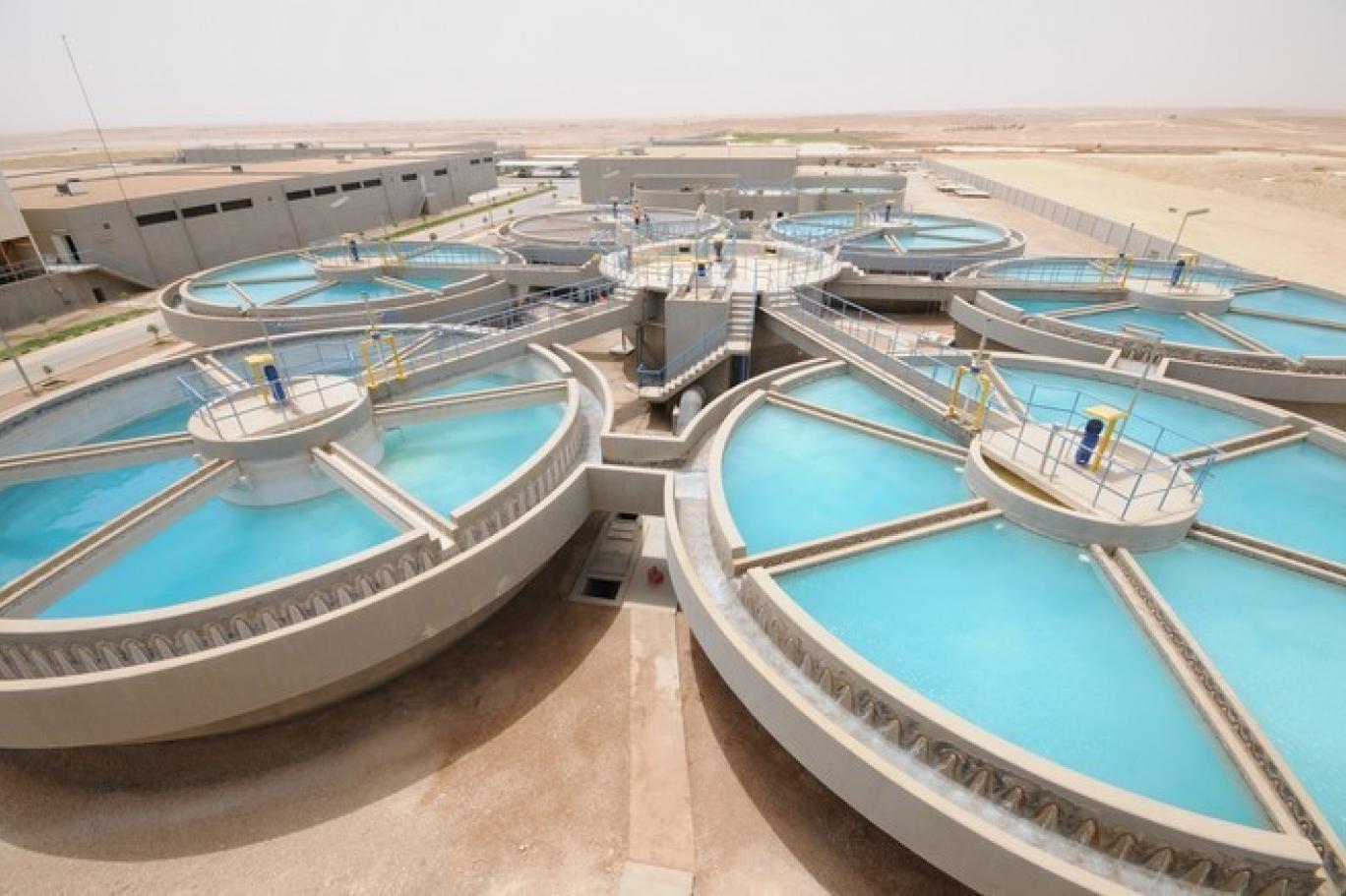
The future of water in the Kingdom of Saudi Arabia and at the global level
The future of water is the main concern of all those concerned with the environment and all governments. As the gap between the world’s renewable water supply and demand is expected to reach 40% by 2030. This leads to a new urgency to address water scarcity. The climate crisis, population growth, and the transition to clean energy may increase this deficit.
Already, a quarter of the world’s population does not have access to safe drinking water, and nearly half lack access to sanitation. In most regions, water scarcity means food scarcity at a time when droughts and floods are increasing in frequency and intensity.
The worsening water crisis is a humanitarian crisis, but it also has staggering economic repercussions. By 2050, water scarcity in some regions could affect GDP growth by up to 11.5%, according to World Bank estimates. Care Water offers a full range of services to provide all water solutions.
It is probably the most complex and costly of all sustainability issues. In fact, addressing water issues is likely to require significant investments in infrastructure and technology, policy changes that bring water prices closer to their true value, and sweeping changes in water use by businesses across industries. This is what we are working on and we have made great strides in achieving the Kingdom’s Vision 2030. Here are five solutions that can help turn the tide and create investment opportunities along the way.
Prices that reflect the true value of water
Many of the challenges related to water are due to its unique properties. Transportation is difficult and expensive, and perhaps most importantly, the price of water does not reflect its true value.
The high price of water causes difficulty in transportation and increases its cost, which prompts us to improve the infrastructure and deliver water to the largest areas possible.
Water-saving innovations in agriculture
Agriculture accounts for about 70% of global water withdrawals, and growing demand for food, along with increased droughts and floods, is likely to intensify water supply challenges in the coming decades.
Fortunately, innovations aimed at reducing water demand in agriculture have also intensified. Some of the promising developments include seed innovations that improve crop yields or make plants less vulnerable to flooding and drought, as well as smart irrigation methods that make it possible to grow more food with less water. Given constant amounts of land and water, irrigation and crop efficiency are key to the future of food.
Modern measuring devices to track water usage
It is well known that you cannot manage what you cannot measure. However, an estimated 30% of global water is not connected by any means of measurement. Many of the existing systems are outdated – they rely on “meter readers” to manually check water usage.
Better metering and digital systems can go a long way in helping utilities better understand demand patterns, monitor system leaks and theft, track water quality, and improve water billing and planning.
At the same time, a more accurate reading of water use—and perhaps higher prices—could give households and businesses greater incentive to rethink water use, invest in water-saving features, and take other measures to reduce use of this precious resource.
Improved methods for desalinating seawater
Oceans and seas account for 97% of the world’s water resources, making desalination – the process of removing salt and other particles from seawater – one of the best options for increasing the supply of fresh water.
In 2020, desalination will meet about 1% of the global demand for fresh water. Now with more than 150 desalination projects in the pipeline. The water desalination market could grow by around 9% annually until 2025. Meanwhile, new technologies, such as nanomembranes that desalinate water faster, can improve capacity even further.
Desalinated water can be too expensive for agricultural use. But it may be a viable option for households, businesses and industries to take advantage of new fresh water sources.
Companies must rethink water use
Agriculture may be one of the largest users of fresh water. But the growing water crisis will undoubtedly require almost all industries to rethink their uses of water.
Energy and utility companies are the most water-consuming by far, followed by mining and cement companies. Companies in these sub-industries will need to get serious about using desalinated seawater, water recycling, and other new technologies.
Investors in pharmaceuticals, beverages, semiconductors, apparel, and data centers should also pay attention to what companies in these sectors are doing to make every drop count.

























